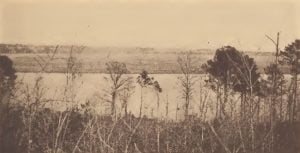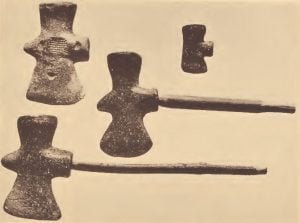Pamunkey Hunting Grounds
Perhaps the most striking feature of all in the natural history of the modern Pamunkey comes before us in the survival of the controlled hunting and trapping rights: the custom by which each hunter in the band controls an assigned and definitely bounded area within which he enjoys the exclusive privilege of setting his traps for fur-bearing animals.





